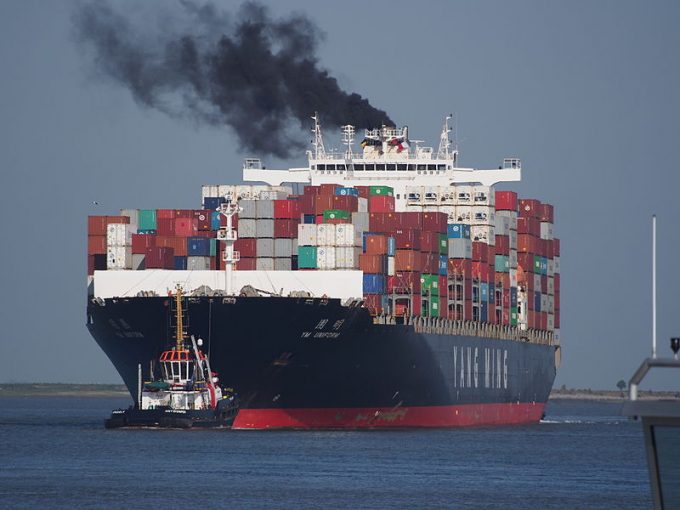MSC to launch new Oceania-US east coast Eagle service next year
Australian and New Zealand exporters to North America are set to get the second direct ...

Today’s announcement that Swiss-Italian liner operator MSC is to fit air lubrication systems to its newbuildings is symbolic, because it reveals the shift in position made by the industry and its backing for the IMO targets.
According to manufacturer Silverstream, MSC has made more than 30 ...

Comment on this article